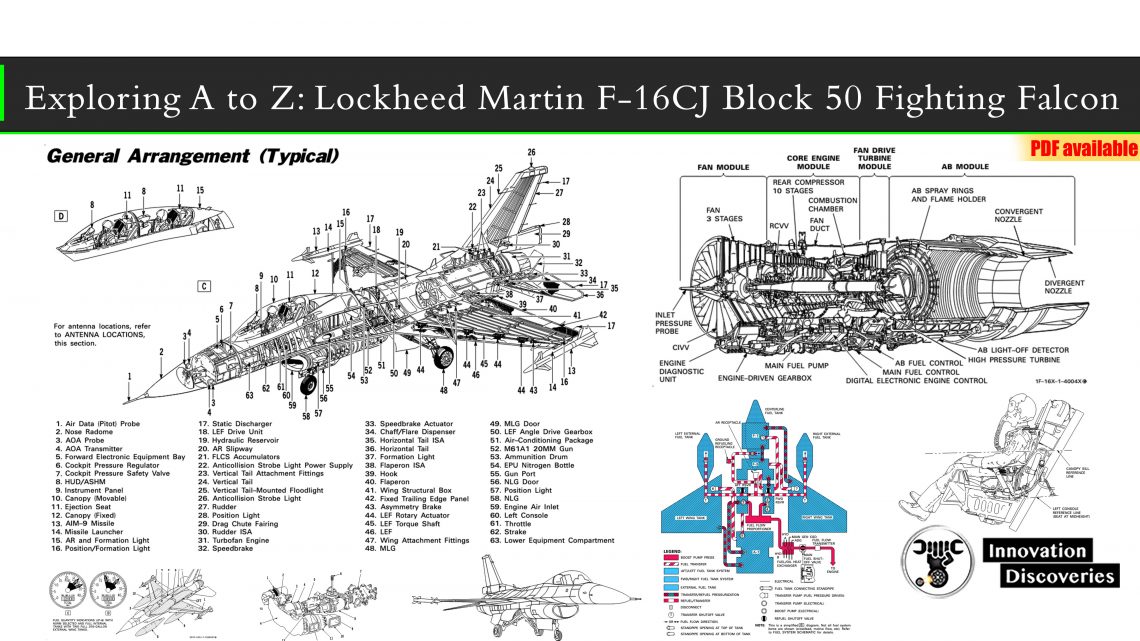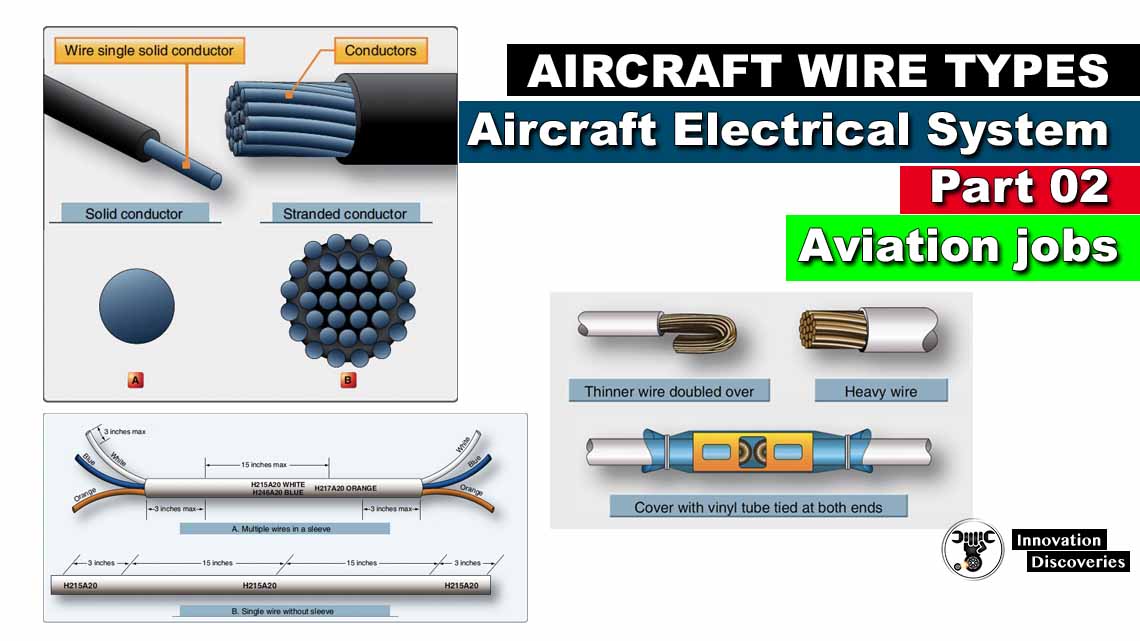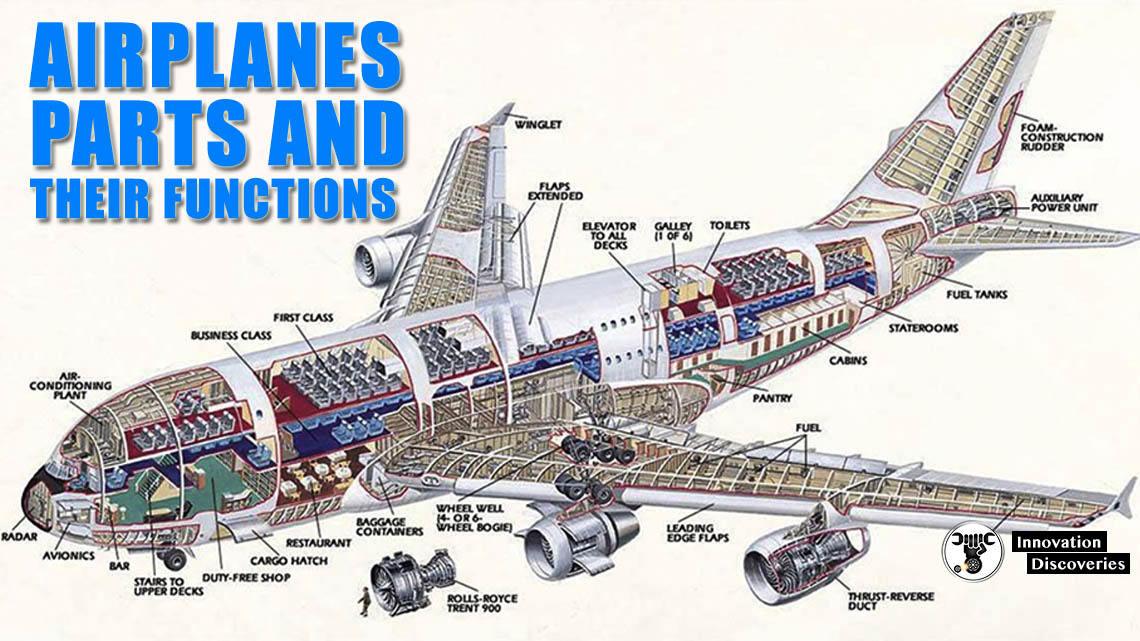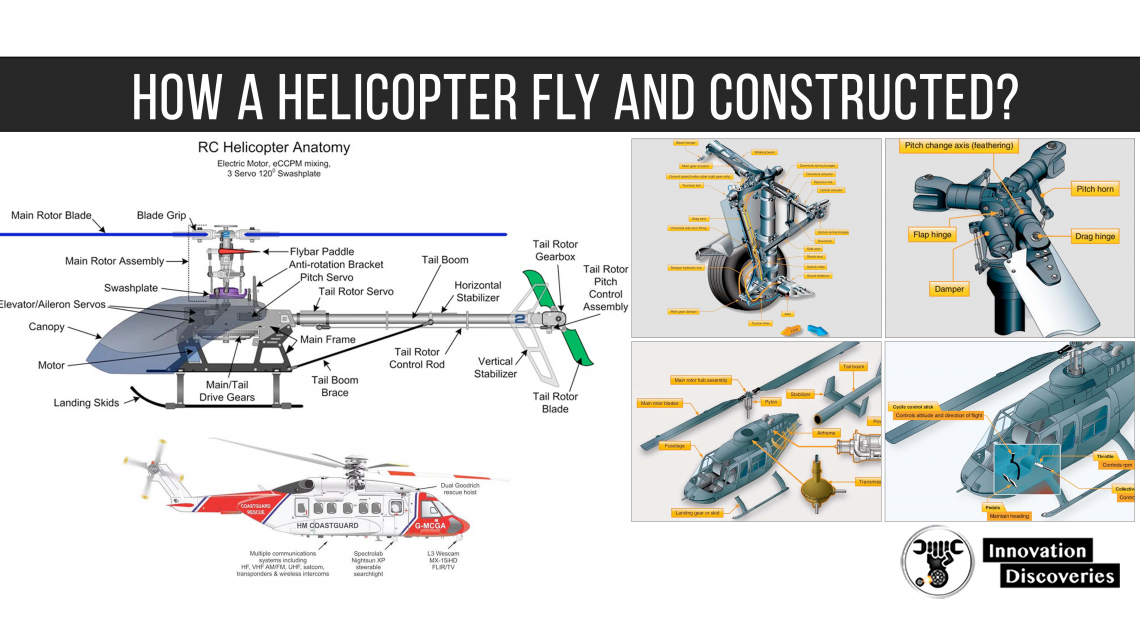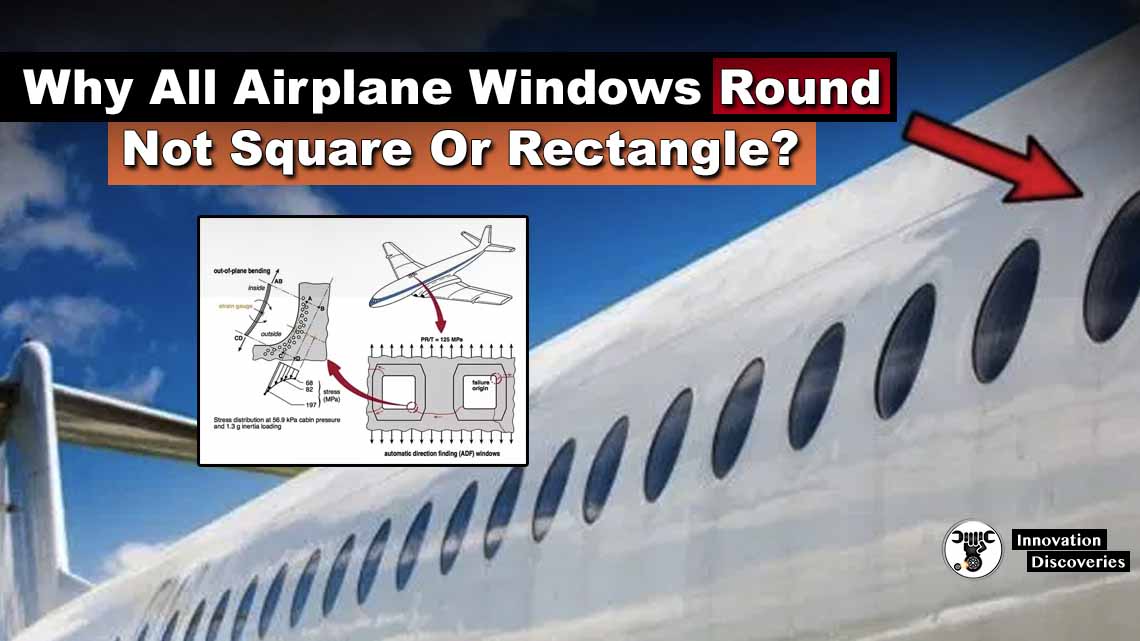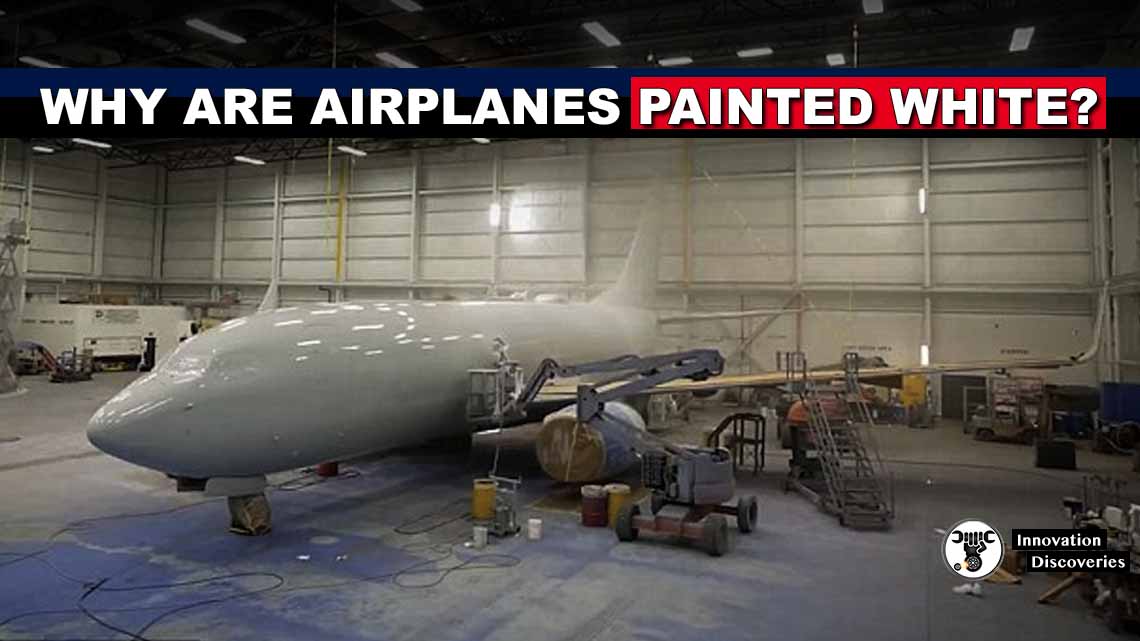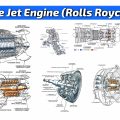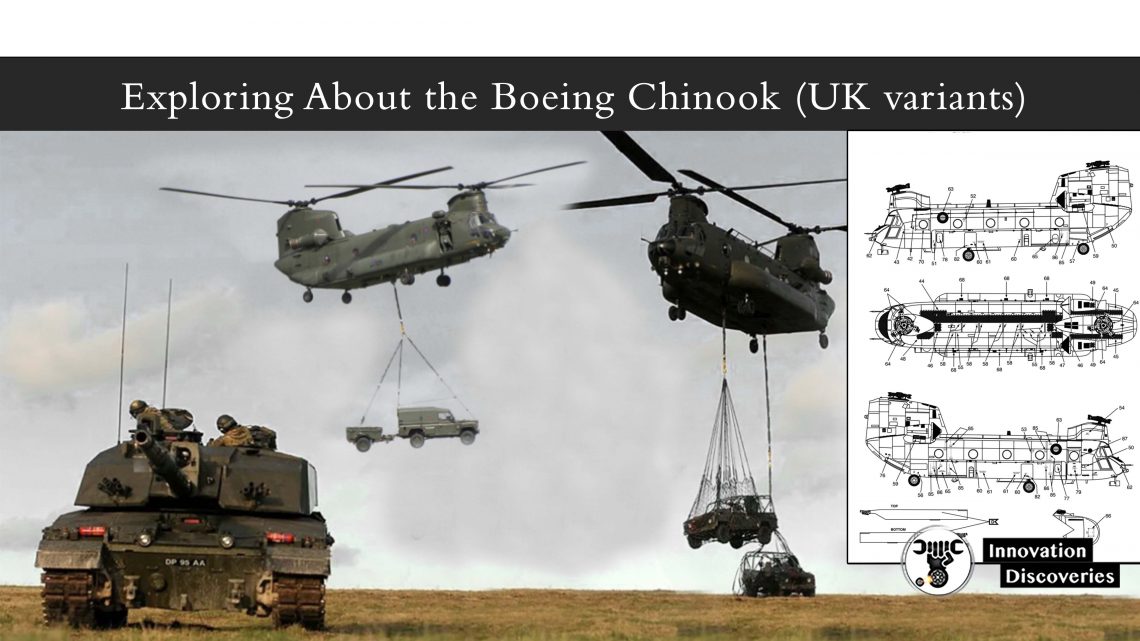
History of the Chinook
In 1956, the US Vertol company began work on a design to satisfy a US Army medium-lift helicopter requirement.
In 1958, it revealed its Model 114 proposal, which became the Boeing Model 114 when the aerospace giant took over Vertol in 1960.
The US Army had ordered an initial five YCH-1B prototypes based on the Vertol 114 in 1959, and the type achieved its first flight, under the Boeing-Vertol name, on September 21, 1961.
A service-wide reorganisation of US military aircraft designations in 1962 saw the YCH-1B, now named Chinook, become the YCH-47A.
The production CH-47A followed, for service entry on August 16, 1962.
Chinook capability was more than adequately proven during the Vietnam War and a series of improved variants followed, culminating in today’s extremely advanced CH-47F.
The RAF’s Chinook procurement dates back to March 1967, when 15 CH-47B helicopters were ordered to replace the Bristol Belvedere fleet.
(It should be noted that the CH-47 designation has never been applied in RAF service.)’
That first order was cancelled in November 1967 under defence budget cuts, only to be resurrected and then cancelled again in 1971.
A 1978 order for 33 Chinook HC.Mk 1 aircraft, based on the CH-47C, was more successful, and the RAF’s first frontline Chinook squadron, No. 18, was reformed at RAF Odiham on August 4, 1981.
The following April, the Chinook was famously thrown into action after five brand-new aircraft were loaded aboard the MV Atlantic Conveyor bound for the Falkland Islands.
After an Argentine Exocet missile struck the ship, only one Chinook was left operational, and ZA718/BN “Bravo November’’ returned exceptional service under the most difficult conditions.
Eight more HC.Mk 1s were ordered in 1983 and delivered to an upgraded standard with more powerful engines and improved cockpits equipped for night-vision goggles (NVGs).
When composite units replaced the metal rotor blades on some HC1s, the aircraft was redesignated HC.Mk 1B, but a far more ambitious upgrade came with the HC.Mk 2.
All 32 surviving Mk 1 airframes were scheduled for return to Boeing for modification to this latest standard, equivalent to CH-47D.
Three newbuild HC.Mk 2s were also ordered, along with six of the slightly modified HC.Mk 2A and eight HC.Mk 3 helicopters,
Loosely based on the US Army MH-47E and intended for a variety of specialist operations.
While the Mk 1 had served through the Falklands and 1991 Gulf Wars, the Mk 2 saw extensive combat over the Balkans, Iraq and Afghanistan, under Operation Herrick.
During the Herrick deployment, the Chinook Force began a major change as Project Julius cycled the HC2s through a glass cockpit programme that brought them up to HC.Mk 4 standard.
The Mk 3s, previously suffering avionics issues and restricted to UK service, emerge from Julius equipped to a similar standard and designated HC.Mk 5.
In December 2015, the RAF received the last of 14 Chinook HC.Mk 6 helicopters were ordered in 2009 and based on the CH-47F.
These also feature the Thales cockpit installed under Project Julius but include more powerful engines and, crucially, the Boeing DAFCS, which revolutionises Chinook capability.
Specifications
Boeing Chinook HC.Mk 6:
- Powerplant: two Honeywell T55-L-714A turboshaft engines, each rated at 4,168shp maximum continuous power
- Length: 98ft 10½in (30.14m)
- Height (rotors turning): 18ft 11in (5.77m)
- Rotor diameter (each): 60ft (18.29m)
- Maximum cruising speed: 160kt (296km/h)
- Maximum density altitude: 15,000ft
- Payload: up to 55 troops or around 22,000lb (10,000kg) of freight
- Armament: two 7.62mm M134 Miniguns and one 7.62mm M60D machine gun
ROLE
The Chinook is an extremely capable and highly versatile support helicopter that can be operated from land bases or ships into a diverse range of environments, from the Arctic to the desert or jungle.
The aircraft may be armed and is fitted with a suite of self-defence equipment allowing it to operate across the battlespace.
Chinooks are primarily used for trooping, resupply and battlefield casualty evacuation (casevac).
With its triple-hook external load system, internal cargo winch, roller conveyor fit and large reserves of power, the aircraft can lift a wide variety of complex underslung or internal freight, including vehicles.
It can carry up to 55 troops or up to approximately 10 tonnes of mixed cargo.
Secondary roles include search and rescue (SAR), and supporting a wide variety of specialist tasks, including the Military Aid to the Civil Authorities (MACA) commitment.
A Chinook crew comprises two pilots and two crewmen, supplemented by specialists dependent upon mission requirements.
CAPABILITY
In addition to its traditional warfighting roles, the Chinook’s lifting capability is held at readiness under the MACA commitment to respond to emergencies in the UK;
In recent years these have included resupplying snowbound farmers in Northern Ireland and moving tons of aggregate to help reconstruct flood defences damaged by winter storms.
August 2019, a Chinook was instrumental in securing a dam on the Toddbrook Reservoir after it became structurally unsound following heavy rain.
The current operational Chinook fleet comprises Mk 4, Mk 5, Mk 6 and Mk 6A aircraft, fitted with digital glass cockpits to a common standard.
The Mk 6 was acquired as a UK-specific variant of the CH-47F and also introduced a Digital Automatic Flight Control System (DAFCS, pronounced ‘daffics’), greatly enhancing handling and safety, particularly when operating in recirculating dust or snow conditions.
The Chinook HC.Mk 5 results from an upgrade of the extended-range Mk 3, or ‘fat tank’ aircraft, which carries double the fuel load of a standard Chinook.
The earlier Mk 4 Chinooks are being further upgraded to Mk 6A standard with the addition of DAFCS; the final aircraft is expected to be completed early in 2021.
The type will continue to play a key role in UK Defence activity, with the Chinook Sustainment Programme aiming to build on the platform’s success, recapitalising existing airframes and extending the capability out to 2040.
In 2018, the US State Department approved the possible Foreign Military Sale of 16 extended-range Chinooks to the UK, a deal which may yet see the RAF fleet expand or replace some of its earliest airframes.
Chinook Recognition
Rotors
Two rotors. The front rotor blades are set on a fairing above the cockpit.
The rear rotor is set on a rectangular ‘fin’ and is higher than the front rotor.
Fuselage
The tubular fuselage has fairings along the lower edges which make the underside look flat.
Engines
The 2 engines have mounted on either side of the rear fin on top of the fuselage.
Undercarriage
The undercarriage has 6 wheels: — 2 at the rear and twin axle front pairs just beyond halfway along the fuselage.
CHINOOK HC Mk.1
Variants
- Chinook HC1
New-build aircraft for the RAF based on the CH-47C, forty-one built.
- Chinook HC1B
Modification of the forty-one HC1s with metal rotor blades, survivors converted to HC2.
- Chinook HC2
Conversion by Boeing of thirty-two surviving HC1Bs to CH-47D standard, and three new build-aircraft
- Chinook HC2A
Similar to the HC2 with strengthened fuselage using milled structure manufacturing techniques, six built.
- Chinook HC3
Special forces variant based on the CH-47SD, eight built.
- Chinook HC4
HC2/2A aircraft with upgraded engines and avionics under Project Julius. forty-six conversions planned.
- Chinook HC5
HC3 aircraft with upgraded avionics under Project Julius and the replacement of the analogue flight control systems with the Boeing Digital Automatic Flight Control System (DAFCS).
- Chinook HC6
New-build Chinooks announced in 2009, originally twenty-four aircraft, later reduced to fourteen[72] (twelve new helicopters plus two attrition replacements). The final aircraft were delivered in December 2015.[73]
- Chinook HC6A
Upgrade of the HC4 Chinooks, with the replacement of the analogue flight control systems with the Boeing Digital Automatic Flight Control System (DAFCS).
References
Military Tech

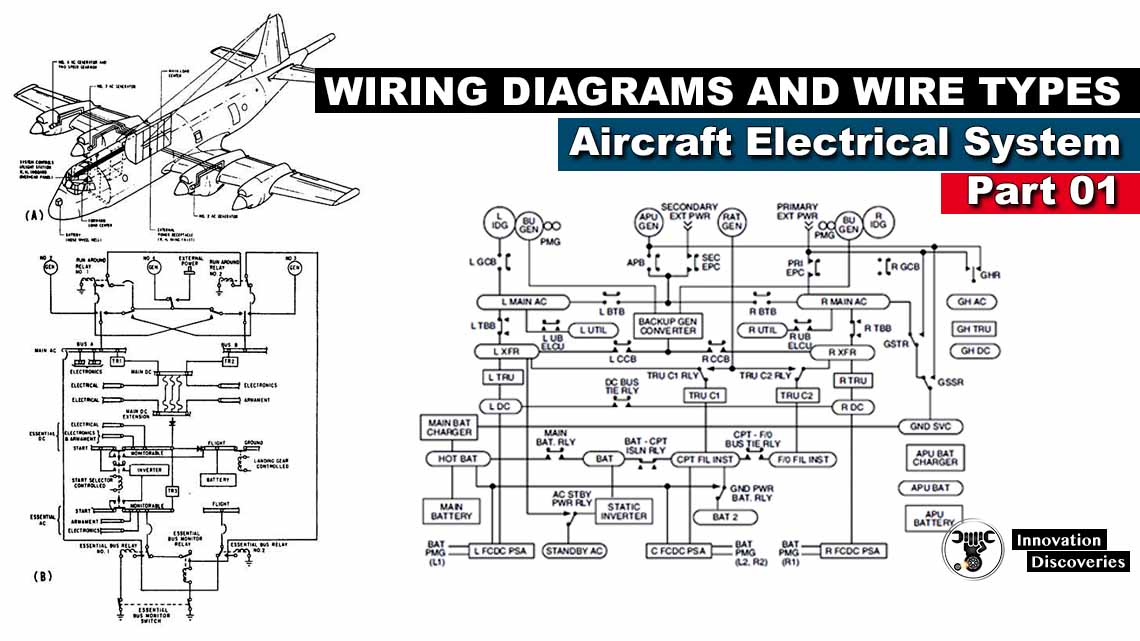
Read More:
How Do Airplanes Fly? Components
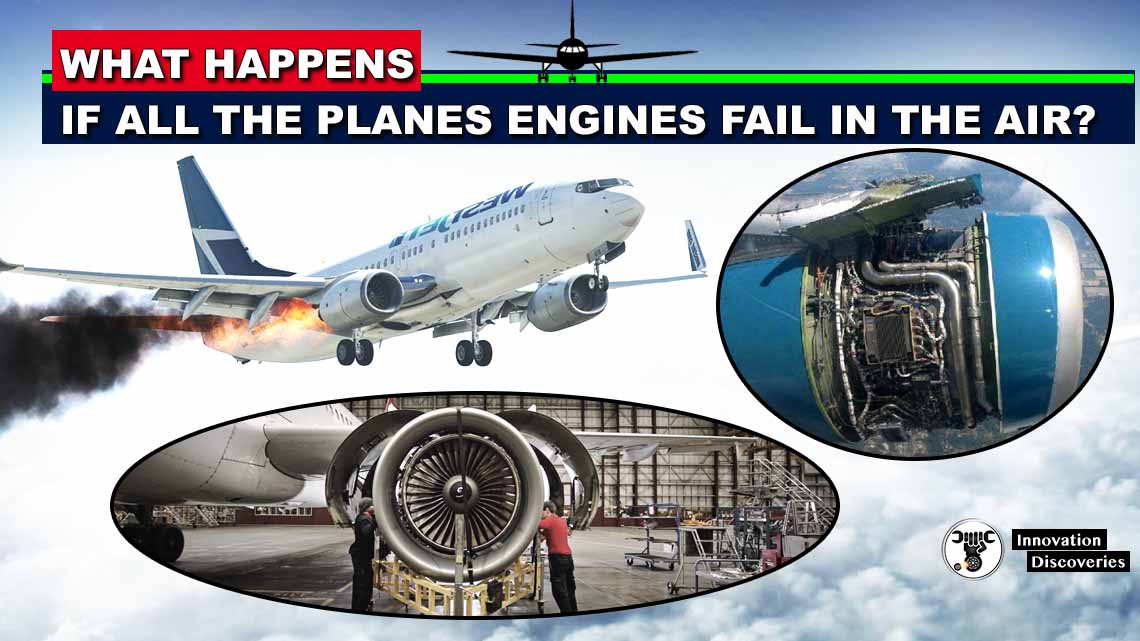
Visit Forum
Visit Our Friendly Website


